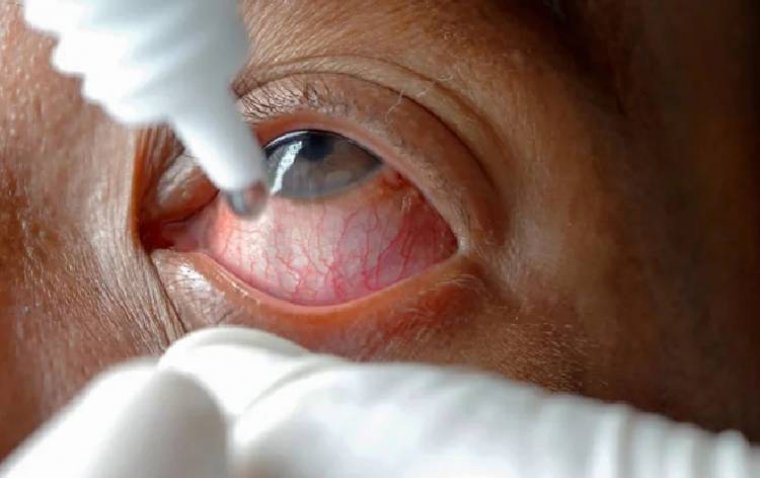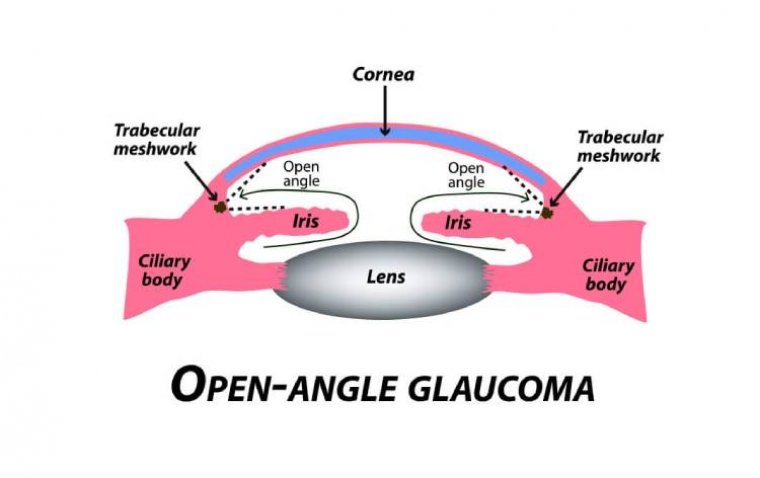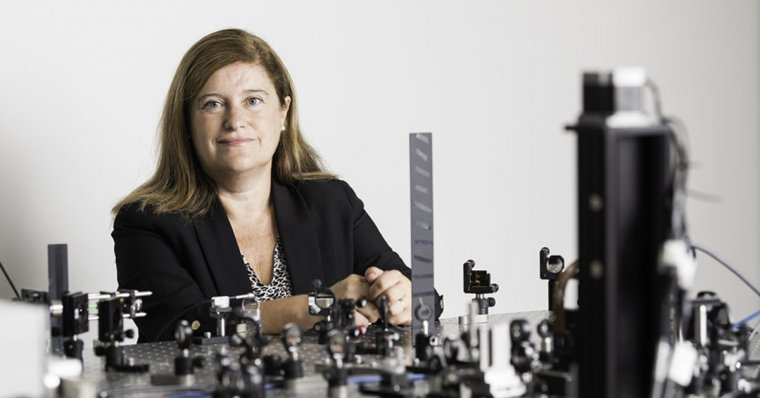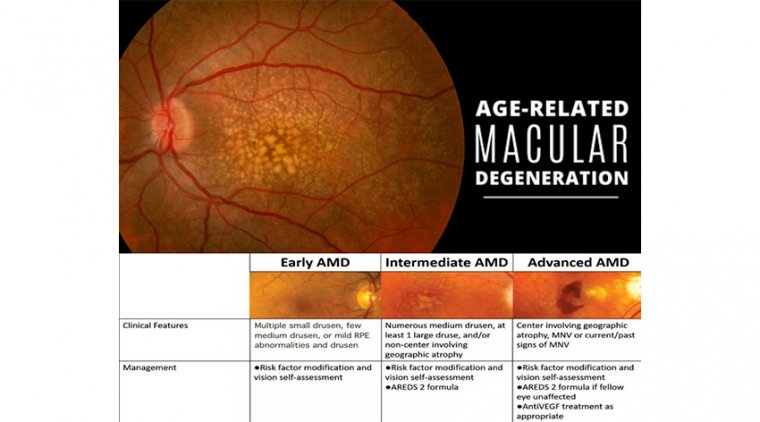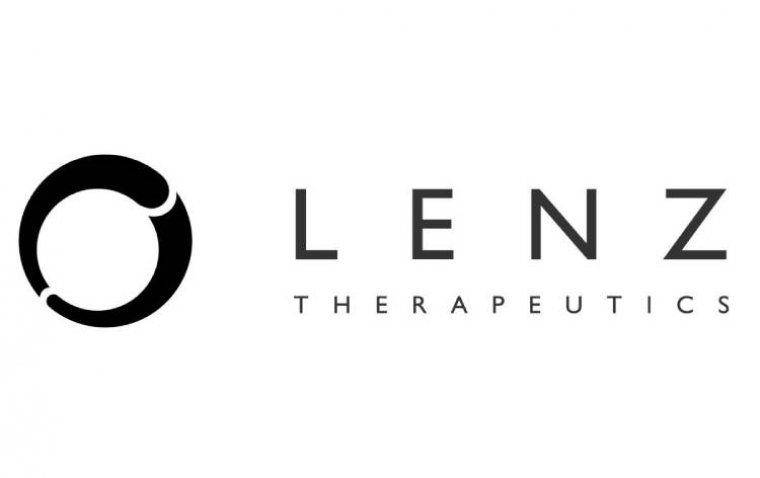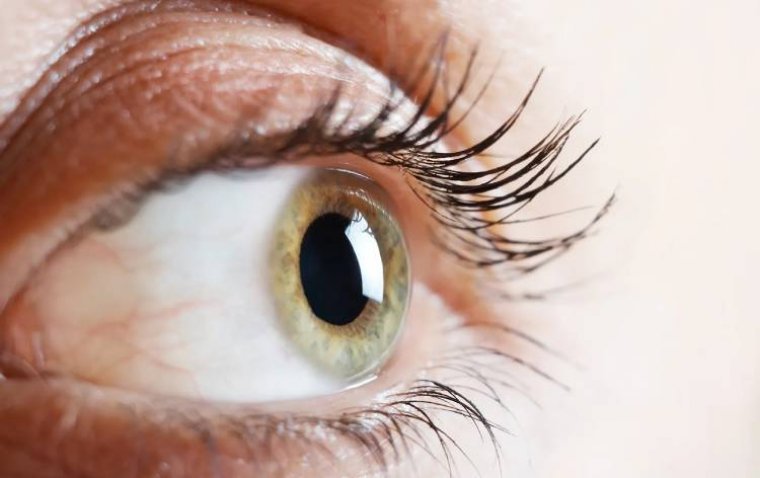
New Drug Delivery Method Shows Promise for Long-Lasting Glaucoma Relief
Researchers at the University of Toronto have developed a novel drug delivery method that could potentially replace months of daily eye drops with a single, non-invasive injection under the eyelid. This innovative approach, described in the journal Advanced Materials, promises to prolong the therapeutic effect of glaucoma medication from just six hours to up to seven weeks.
Glaucoma Treatment Challenges and the Need for Innovation
Glaucoma, a leading cause of blindness worldwide, is characterized by increased intraocular pressure (IOP) that damages the optic nerve. While there are several treatments available, including eye drops, laser therapy, and surgical procedures, these options come with challenges related to efficacy, patient compliance, and potential complications.
• Eye drops require frequent application and can be difficult for older adults to self-administer consistently.
• Laser therapies and intraocular injections pose risks like infection, inflammation, and potential vision loss.
Molly Shoichet, PhD, a professor in the Department of Chemical Engineering and Applied Chemistry and the Institute of Biomedical Engineering at the University of Toronto, led the research team in developing this long-acting drug delivery system.
Innovative Use of Colloidal Drug Aggregates (CDAs)
The key to this breakthrough lies in the use of colloidal drug aggregates (CDAs)—drug molecules that self-assemble into nano-scale particles.
Historically, CDAs have been seen as a hindrance in drug development because they produce false positives and negatives in enzyme- and cell-based assays. However, the research team successfully modified a small-molecule glaucoma drug into a colloid-forming prodrug called timolol prodrug colloids, demonstrating that CDAs can be used to achieve sustained drug delivery.
"Eye drops are the most common treatment for glaucoma, but they come with issues regarding efficacy and patient compliance, especially since the disease is more common in older adults," said Dr. Mickaël Dang, a postdoctoral fellow in Shoichet’s lab and the study's first author.
Mechanism of the New Drug Delivery System
The research team encapsulated timolol prodrug colloids in a hydrogel and injected the formulation into the subconjunctival space under the eyelid.
Dr. Shoichet explained the mechanism:
• The colloidal drug aggregates allowed for a slow, controlled release of the medication over several weeks.
• The hydrogel ensured that the drug formulation remained localized in the subconjunctival space without leaking.
• The result was a 200-fold increase in drug efficacy compared to traditional eye drops.
"We showed that the delivery of this colloidal drug aggregate in an in situ-forming hydrogel enabled slow release over several weeks," said Dr. Shoichet.
Collaborative Effort and Future Directions
This research was a collaborative effort with Dr. Jeremy Sivak, Glaucoma Research Chair at the Krembil Research Institute and an associate professor in the Department of Ophthalmology and Vision Science at the University of Toronto's Temerty Faculty of Medicine.
Following the success of preclinical research, the team is now working to optimize the formulation for clinical application.
Dr. Dang, who is also affiliated with Synakis, a biotech spinoff from Shoichet’s lab, shared the team’s vision for the future:
"We envision a future where this non-invasive injection can be administered once every month or two in a medical office. We invented this novel hydrogel as a vitreous substitute for vitreoretinal surgery, and here we show its versatility to encapsulate and release small-molecule drugs."
The Road Ahead: Stability, Manufacturing, and Clinical Trials
The researchers are now focused on:
• Ensuring product stability and manufacturability.
• Securing funding to accelerate the path to clinical trials.
• Refining the hydrogel delivery system for widespread clinical adoption.
Dr. Shoichet emphasized the importance of future work:
"There is a lot of work ahead. We are focused on the stability and manufacturability of our product while looking to raise funds to advance it more quickly to the clinic."
Potential Impact on Glaucoma Management
This innovative drug delivery system could revolutionize glaucoma treatment by:
• Reducing the need for daily eye drops.
• Improving patient adherence through simplified treatment protocols.
• Lowering the risk of complications associated with more invasive procedures.
As the research team progresses toward clinical trials, this long-acting glaucoma therapy has the potential to improve the quality of life for millions of glaucoma patients worldwide.
Reference:
Mickael Dang et al, Colloid‐Forming Prodrug‐Hydrogel Composite Prolongs Lower Intraocular Pressure in Rodent Eyes after Subconjunctival Injection, Advanced Materials (2025). DOI: 10.1002/adma.202419306
(1).jpg)
